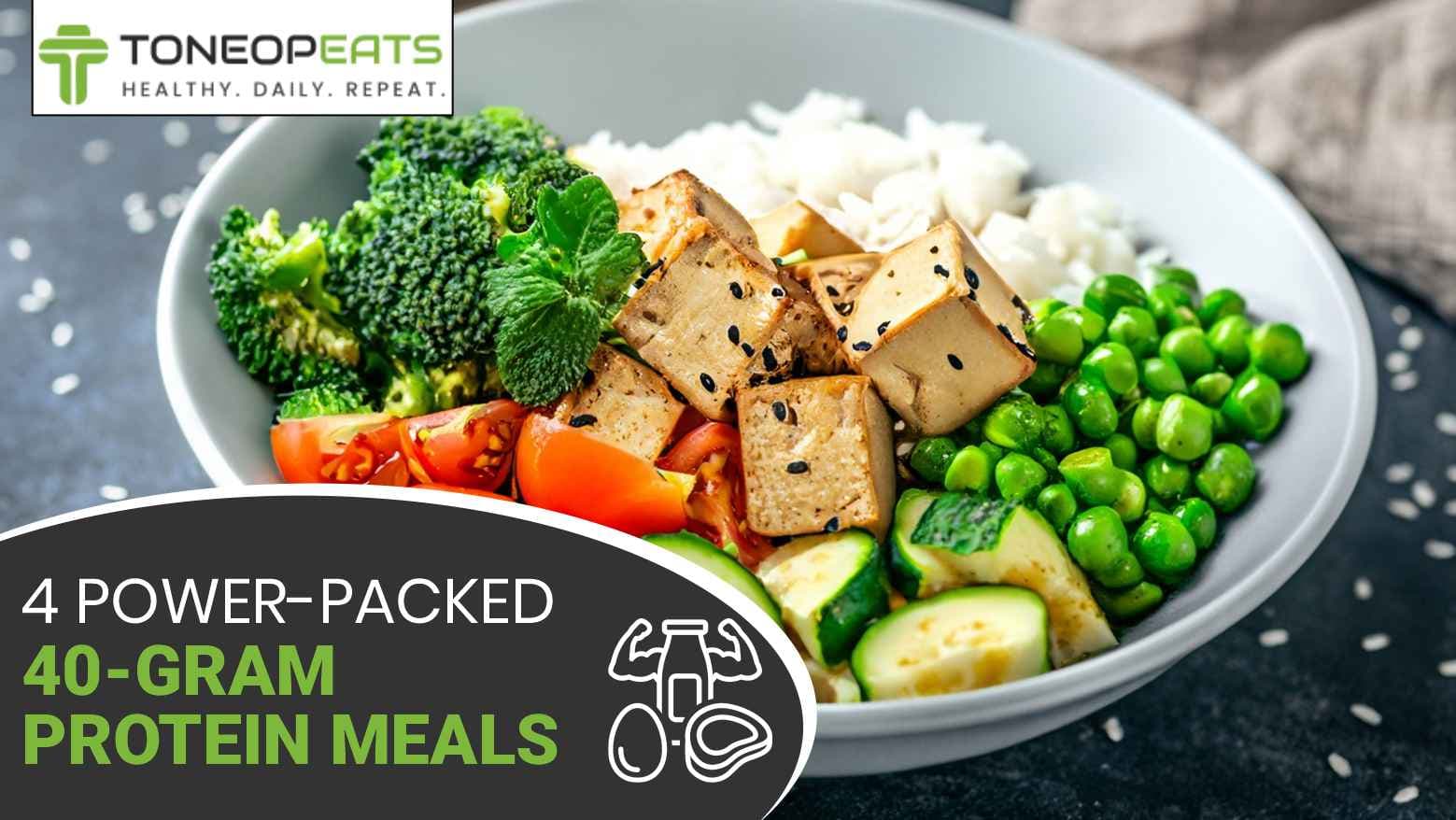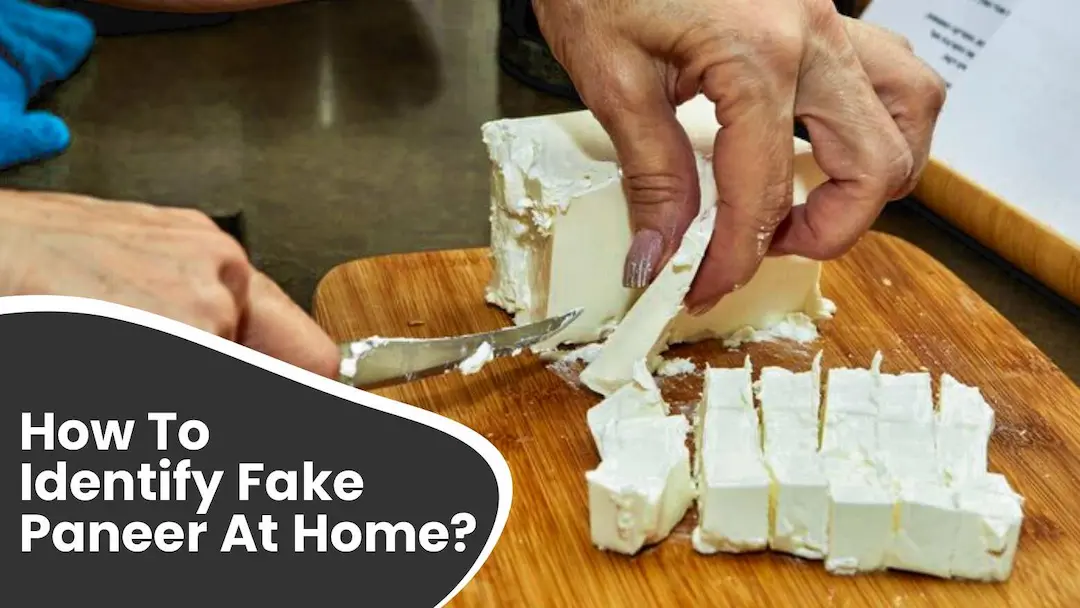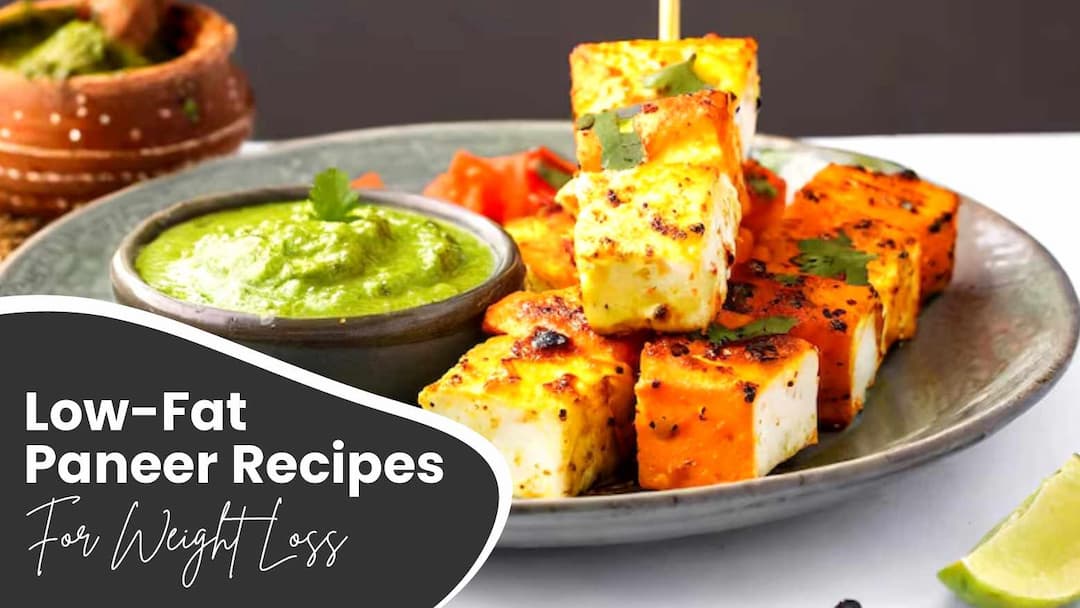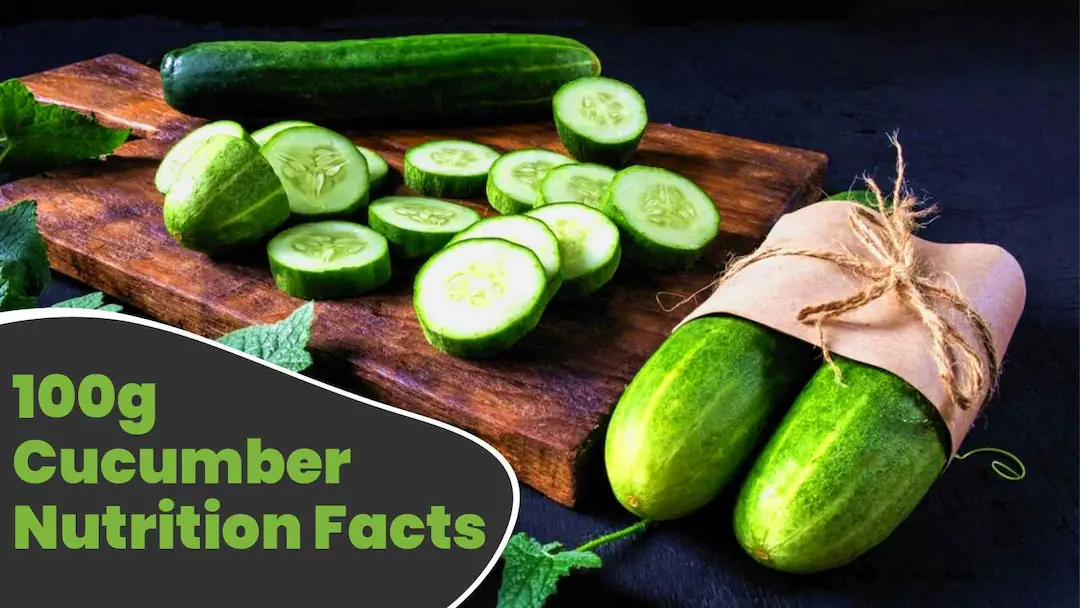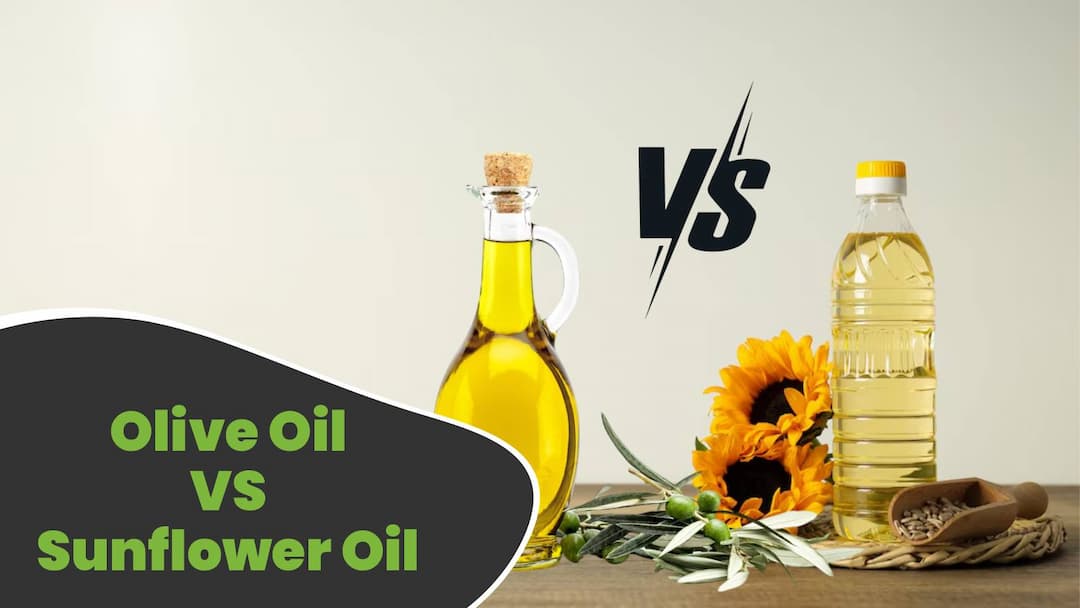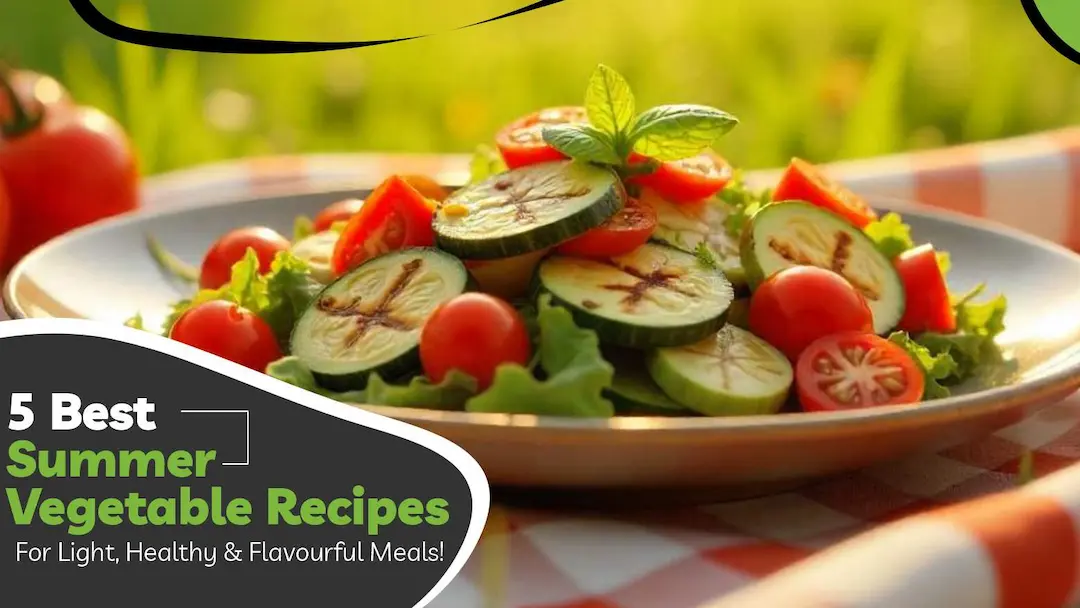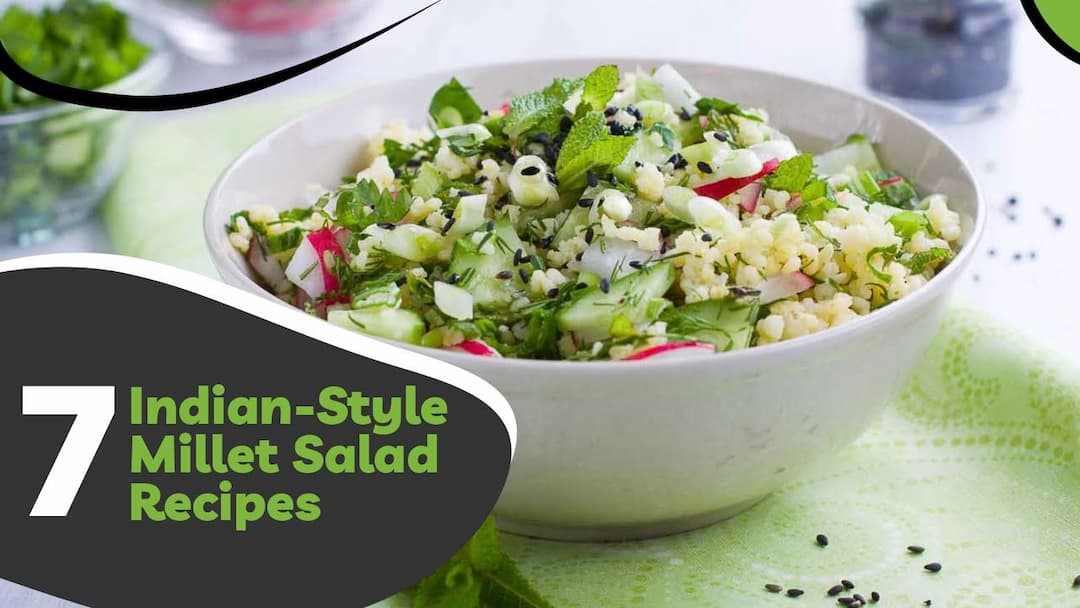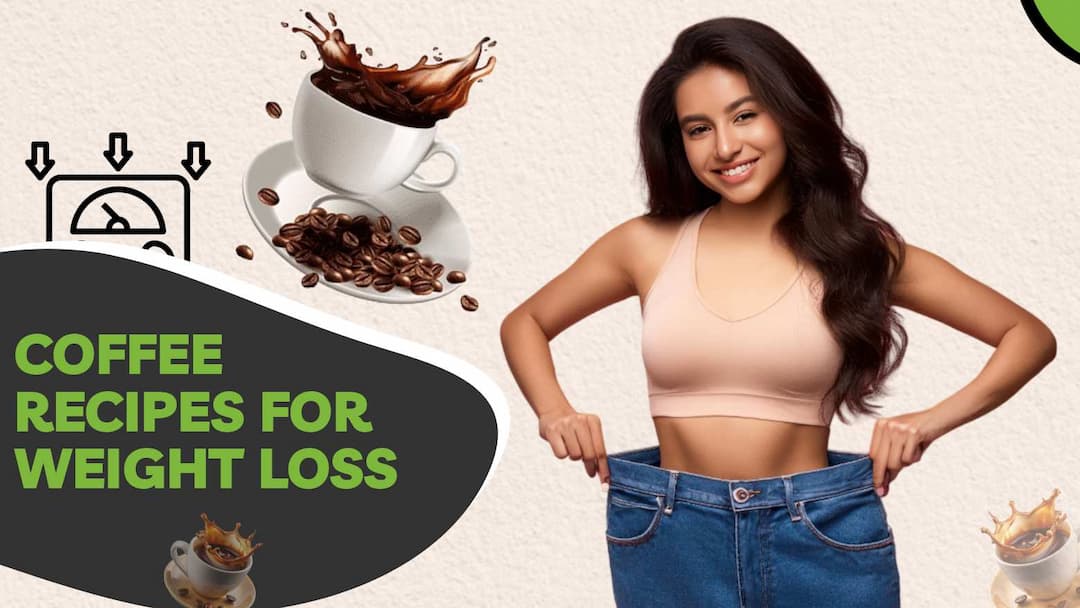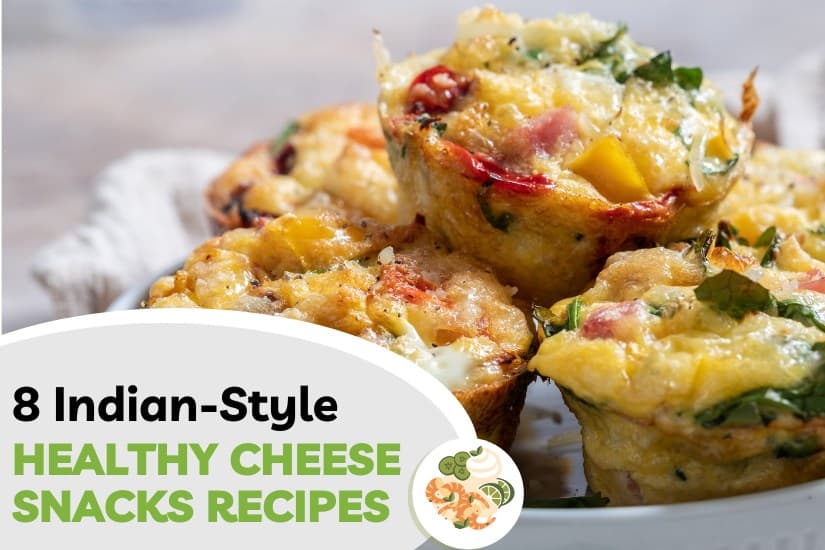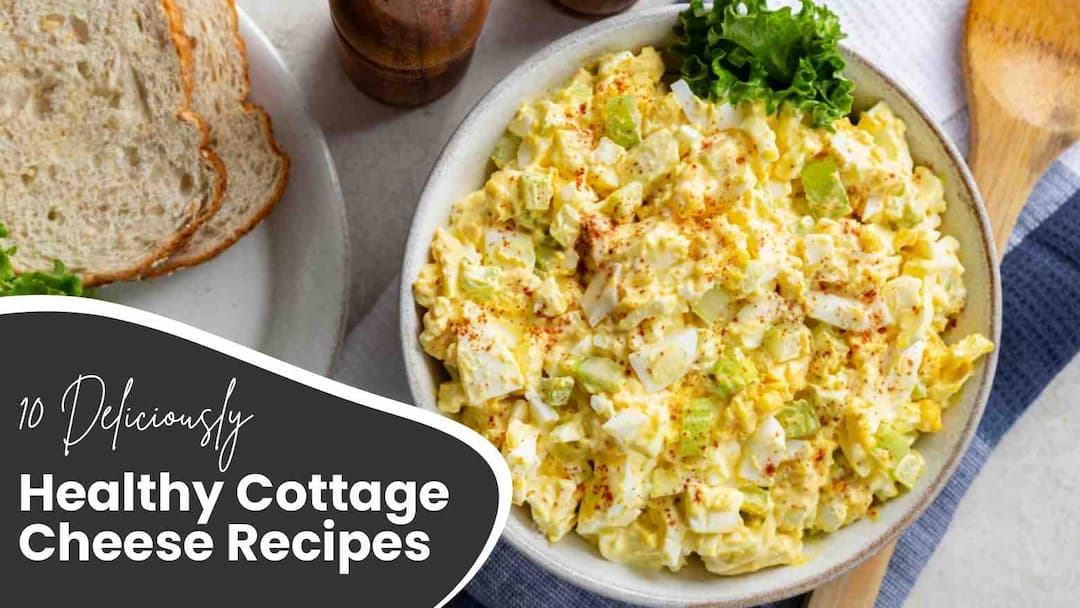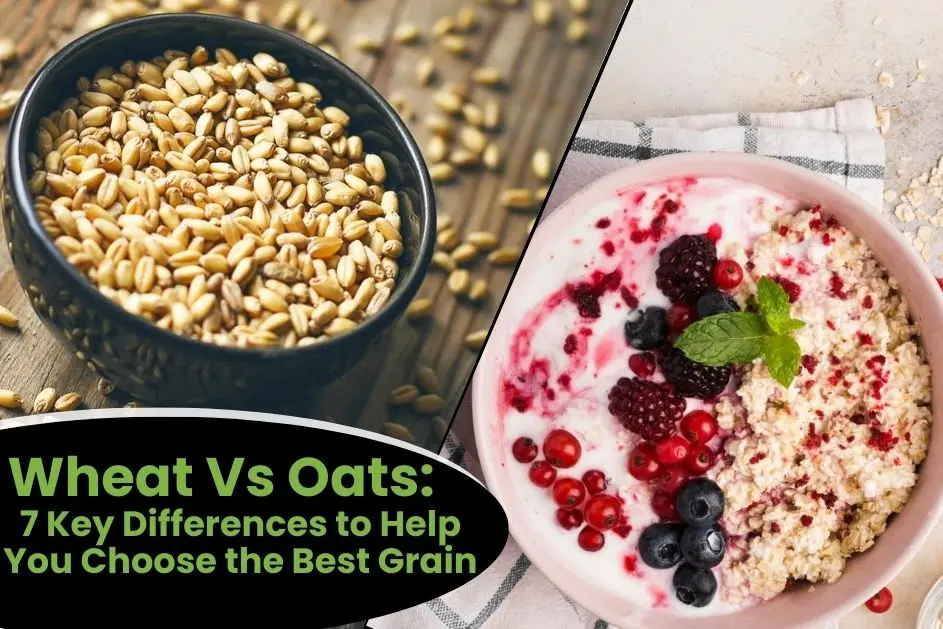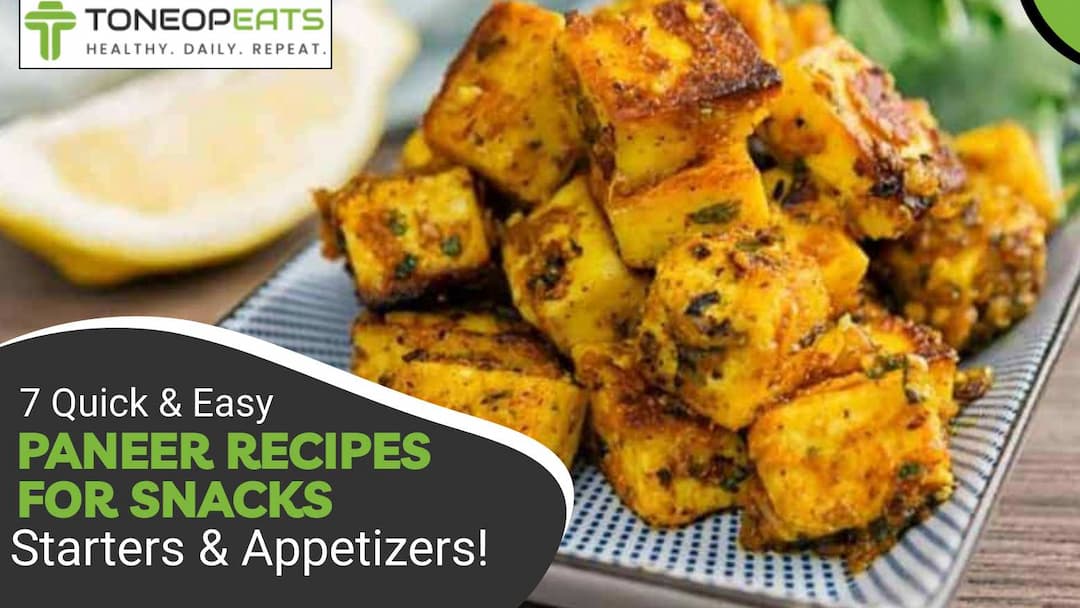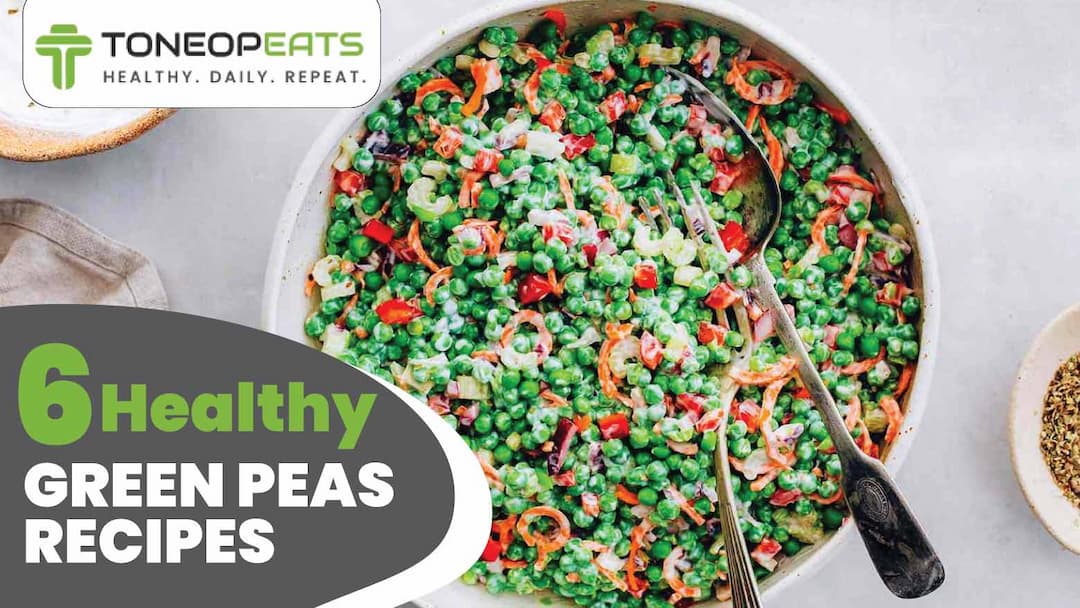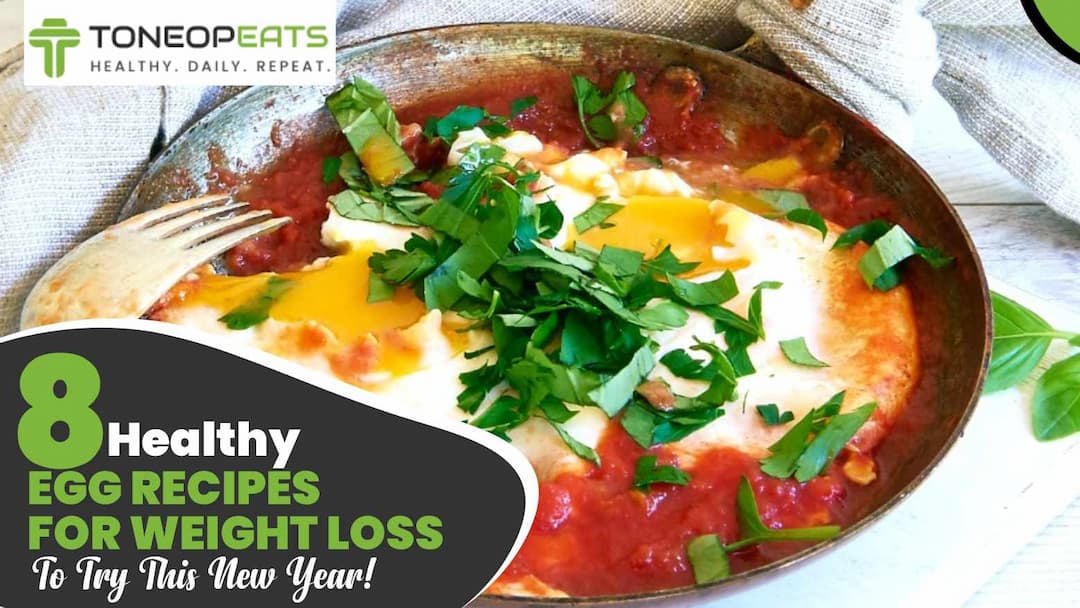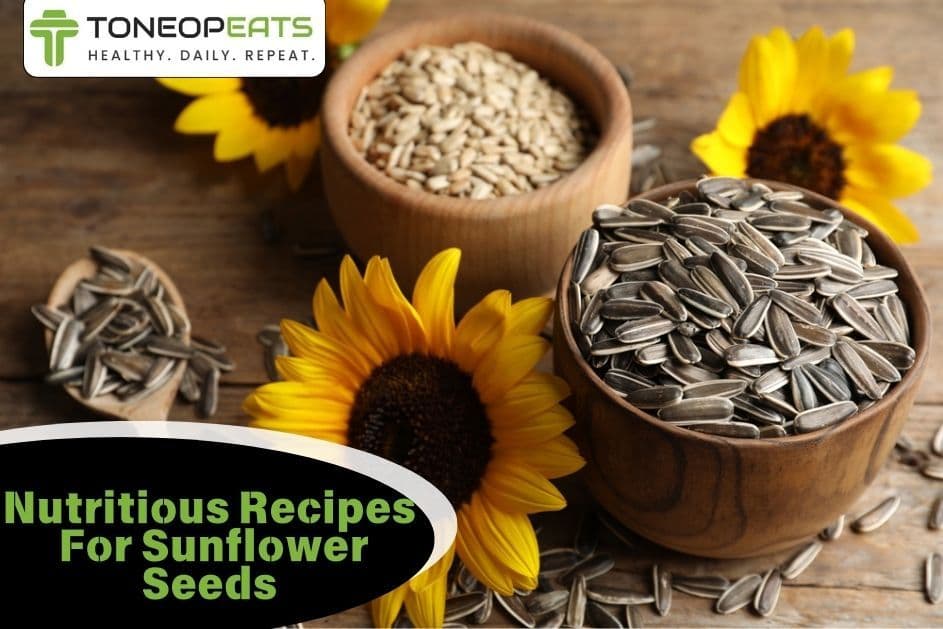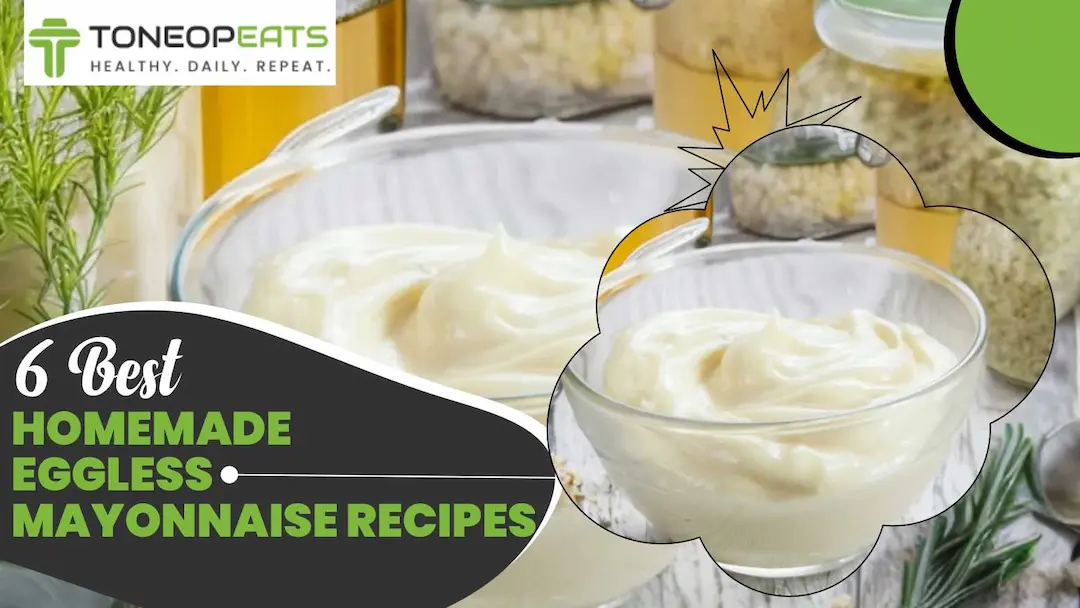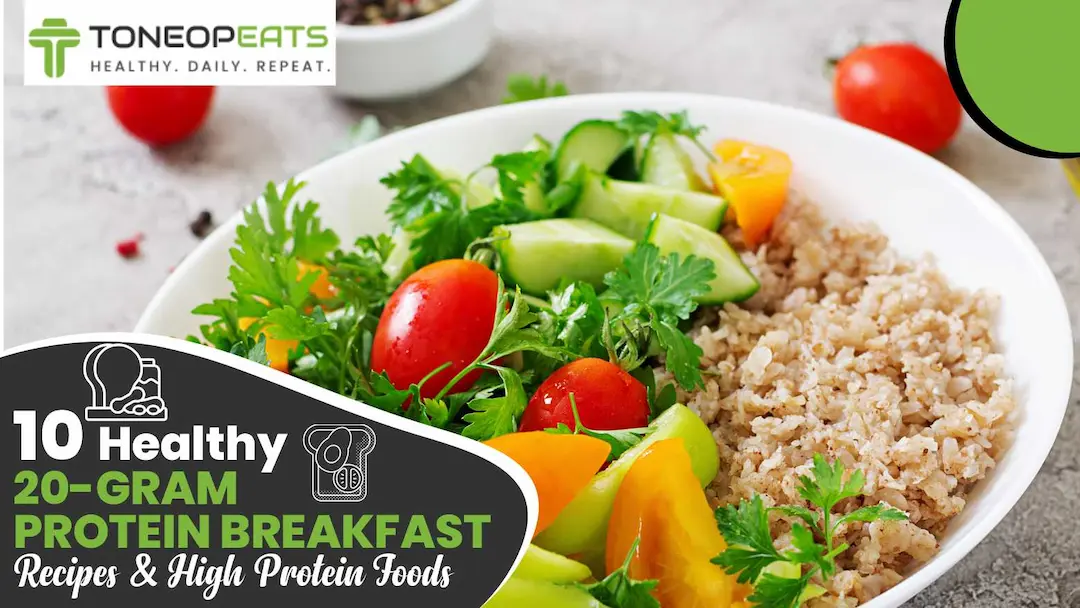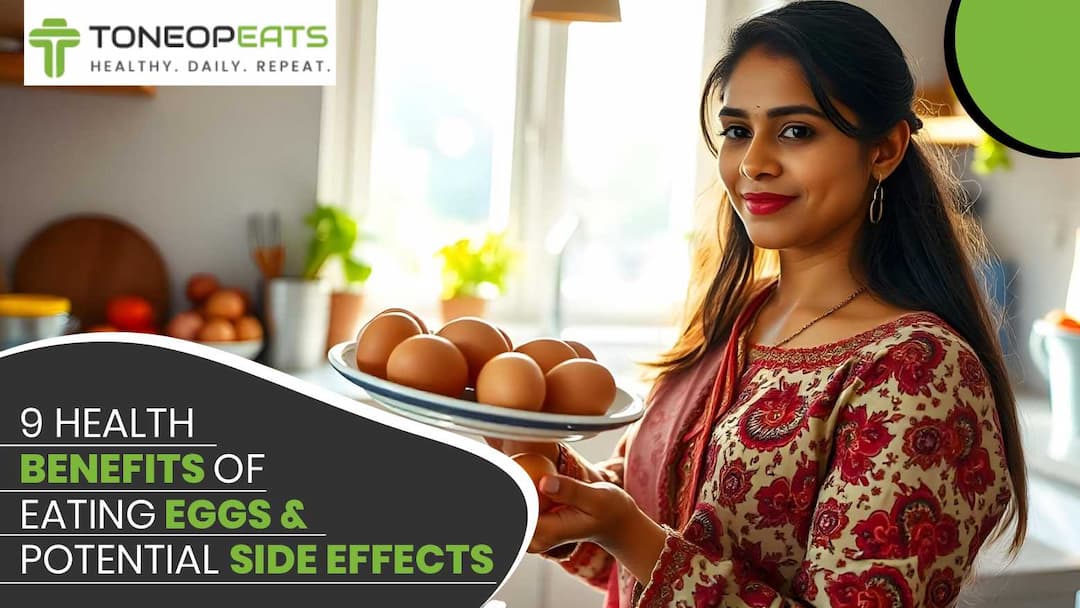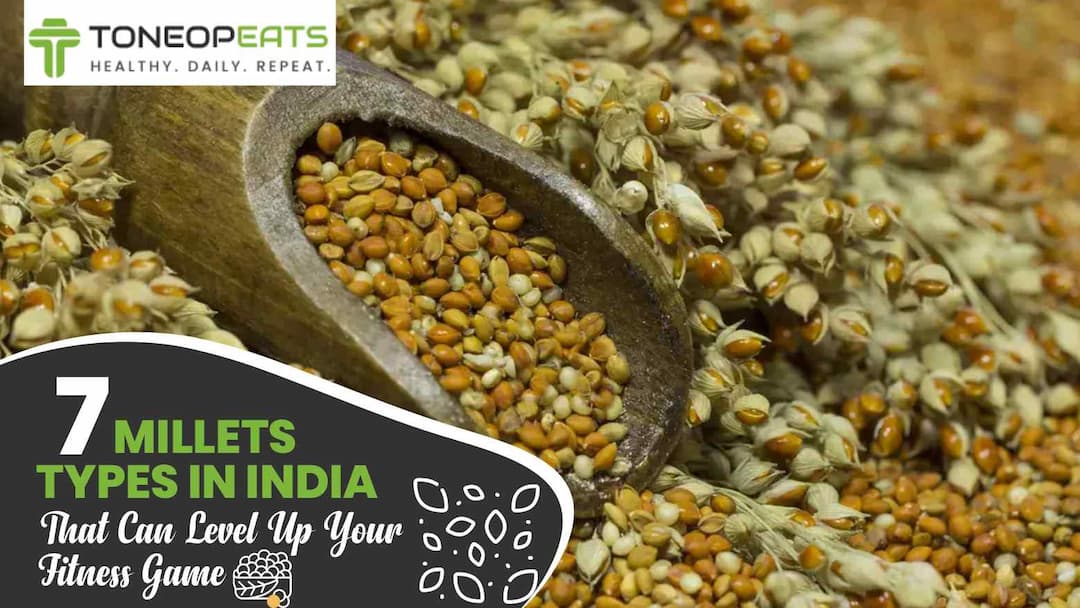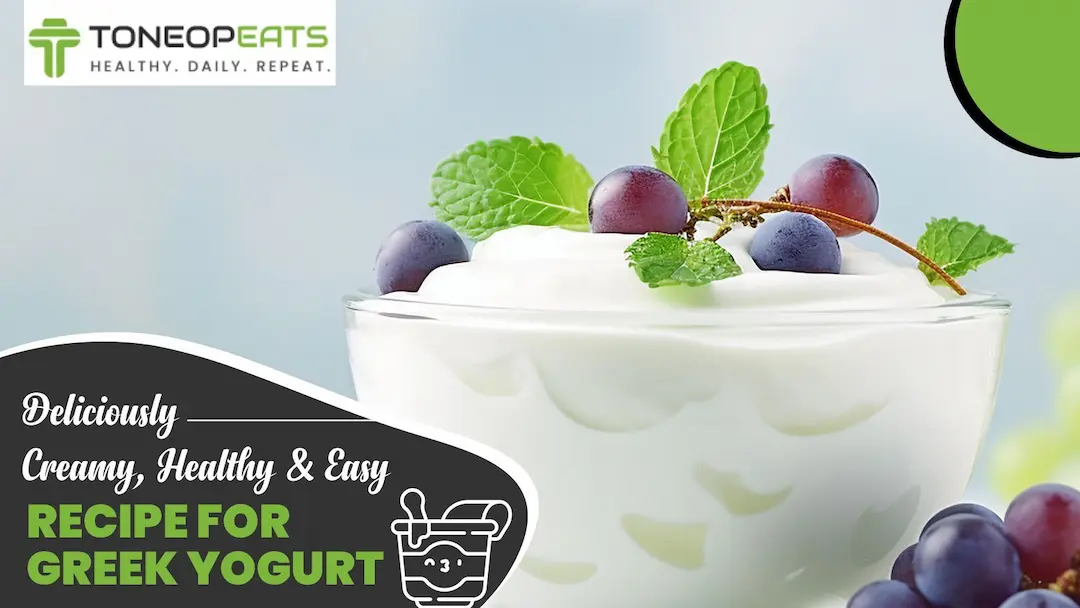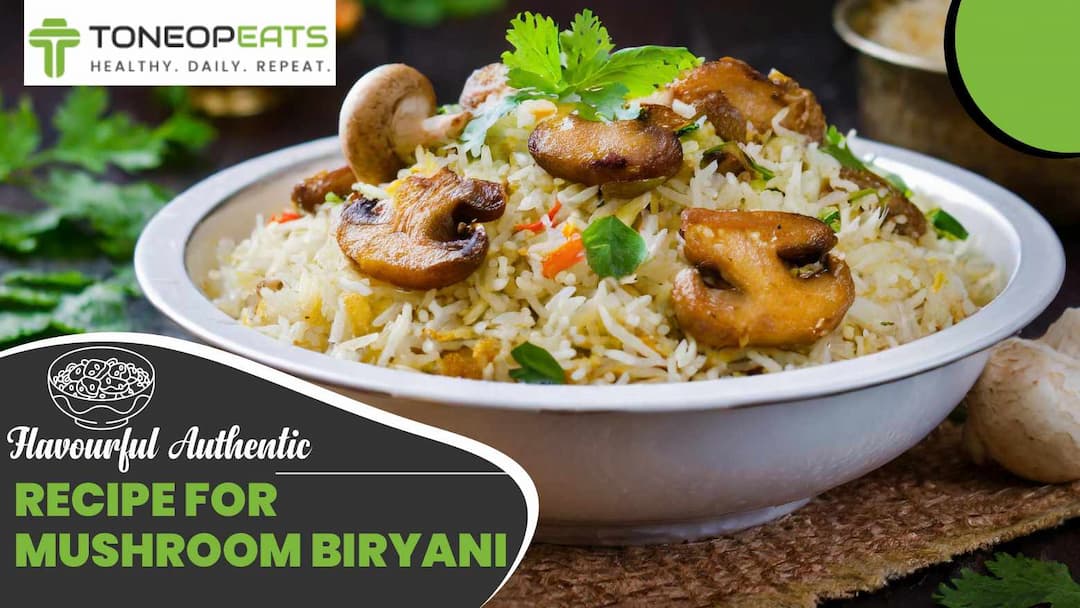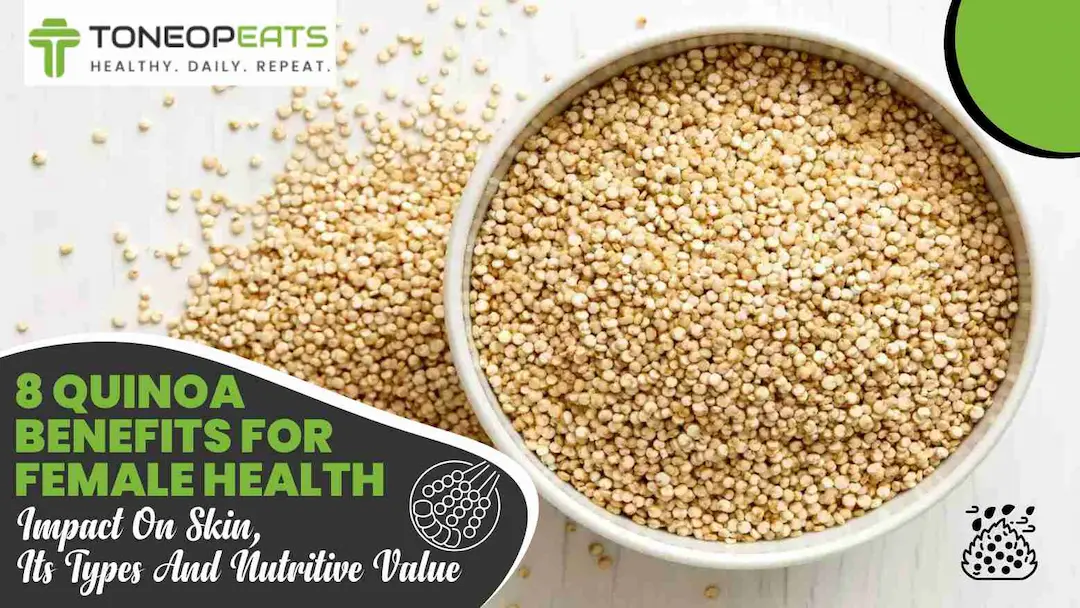We all know protein is the czar (not the Netflix series!) of all things muscle and health, right? But hitting that 40-gram protein meal goal? That’s a whole challenge, for sure! Whether you’re trying to bulk up, slim down, or just stay on top of your game, getting in those easy 40g protein meals isn’t as tricky as it sounds. Imagine smashing a delish 40-gram protein breakfast before you start your day—now that's how you flex.
Protein is not just for bodybuilders; it's your bestie for boosting energy, feeling fuller, and keeping those gains real. So, if you are ready to power-pack your meals, we’re about to drop some amazing 40-gram protein meals that'll make you wonder why you weren’t eating them sooner. Plus, we’ve got some hacks to keep that protein balance on point without breaking a sweat. Up and up, readers, let's get you levelling up that plate, one gram at a time!
Table Of Contents
- The Importance of 40-gram Protein Meals
- What Can I Eat For 40 Grams of Protein? 4 Delicious 40-Gram Protein Meals With Recipes
- Can I Eat 40 Grams of Protein In One Meal? Yes! Here Is How You Can Plan It!
- How To Meet Your Daily Protein Requirements?
- How To Eat 40 Grams Of Protein A Day In A Vegetarian Diet?
- Dietitian’s Recommendation
- The Final Say
- FAQs
- References
The Importance of 40-gram Protein Meals

Why 40-gram protein meals are important? Let’s see their benefits:
1. For Muscle Repair and Growth
Protein is really important for helping our muscles repair and grow. When you exercise, especially with weights, tiny tears happen in your muscles. Protein helps fix these tears, making your muscles stronger and bigger over time. Eating about 40 grams of protein in each meal gives your muscles the building blocks they need to recover and grow.
You can complement your protein diet by taking ToneOp Care’s Alfalfa Powder in the morning, either in shakes or smoothies. This 100% vegan superfood helps muscle building, recovery, and endurance.
2. To Sustain Energy Levels
Protein takes longer to break down in your body than carbohydrates do. This means it gives you energy more slowly and steadily throughout the day. Because of this, you might feel full for a longer time and avoid feeling tired after eating meals that are high in carbs but low in protein. A meal with 40 grams of protein can keep you energised and satisfied for hours.
3. For Weight Management
Eating more protein can also help with losing weight and keeping it off. Protein fills you up more than fats or carbs do, so when you eat a healthy protein diet for weight loss, you might eat fewer calories overall. A meal with 40 grams of protein can help keep your hunger away and help you eat less.
4. To Support Healthy Aging
As we get older, we naturally lose some muscle mass. Eating enough protein can help slow down this muscle loss, which is called sarcopenia. For older adults, trying to eat 40 grams of protein after exercising can be a smart way to keep their muscles healthy as they age.
Also Read: What Is Lean Protein? Know 11 Foods, Sources, Benefits And Guidelines!
What Can I Eat For 40 Grams of Protein? 4 Delicious 40-Gram Protein Meals With Recipes
Here are 4 recipes that you must try and even include in healthy meal ideas for effective weight loss and muscle building:
1. Moong Dal Chilla with Paneer Filling
Ingredients | Preparation |
|
|
2. Egg Curry with Brown Rice
Ingredients | Preparation |
|
|
3. Chickpea (Chana) + Paneer Salad
Ingredients | Preparation |
|
|
4. Chicken Tikka with Whole Wheat Roti
Ingredients | Preparation |
|
|
Also Read: Learn All About A High-Protein Diet For Muscle Building & Get A 7-Day Plan!
Can I Eat 40 Grams of Protein In One Meal? Yes! Here Is How You Can Plan It!
Yes, you can eat 40 grams of protein in one meal! To do this, you need to choose foods that are high in protein. For example, a 6-ounce piece of grilled chicken has about 36 grams of protein. If you add a small cup of Greek yoghurt, which has around 10 grams of protein, you’ll easily reach your goal.
Another way to get 40 grams is by combining different protein sources. You could have a cup of cooked lentils, which has about 18 grams of protein, along with a serving of quinoa (about 8 grams) and some cheese (around 7 grams). Together, these foods give you about 33 grams of protein. If you add a hard-boiled egg (6 grams), you’ll hit your target!
Don’t forget to balance your meal with healthy fats and carbs. You can add some olive oil to your salad or have a sweet potato on the side. This way, you’ll not only get enough protein but also have a tasty and nutritious meal!
Also Read: Here Are 10 Wholesome & Healthy Snacks For Kids To Enjoy Any Time!
How To Meet Your Daily Protein Requirements?
The recommended daily allowance (RDA) for protein intake per kilogram of body weight is approximately 0.8 grams. However, this requirement may increase to 1.2 to 2 grams of protein per kilogram for individuals aiming to build muscle or those engaging in heavy physical activity.
For example, a 70 kg person looking to gain muscle might aim for around 84-120 grams of protein daily. Here are some tips you can follow to balance your protein intake:
| Distribute Protein Evenly Throughout the Day | Instead of consuming all your protein in one meal, spread it across 3-4 meals. This helps the body digest and utilise amino acids. |
| Use Protein Supplements When Necessary | If you're unable to meet your protein goals, consider adding protein shakes or bars into your routine. However, whole food sources should remain the foundation of your diet. |
| Mix Animal and Plant-Based Proteins | While animal proteins provide all essential amino acids, combining various plant-based proteins (such as rice and beans) can also provide a complete amino acid profile. |
Also Read: 7 Benefits Of Drinking Protein Shake Before Sleep For Muscle Growth And Better Rest!
How To Eat 40 Grams Of Protein A Day In A Vegetarian Diet?
Eating 40 grams of protein a day as a vegetarian is entirely possible by including a variety of plant-based foods in your meals. Here’s a simple approach:
- Legumes: Protein-rich foods include kidney beans, chickpeas, and lentils. About 18 grams of protein can be found in one cup of cooked lentils. For a meal that is high in protein, combine it with other sources.
- Dairy: Dairy products like paneer, Greek yoghurt, and milk are excellent sources of protein. A cup of Greek yoghurt has 10 grams of protein, while 100 grams of paneer gives you around 18 grams.
- Nuts & Seeds: Protein is abundant in hemp seeds, chia seeds, and almonds. There are roughly 6 grams of protein in a handful (approximately 30 grams) of almonds.
- Grains: Foods like quinoa and oats contain a good amount of protein. A cup of cooked quinoa adds 8 grams of protein to your daily intake.
Also Read: Master The Vegan Meal Planning For Weight Loss | ToneOp Eats
Dietitian’s Recommendation
For a balanced approach to 40g protein meals, focus on a mix of plant-based and animal-based sources. Include foods like lentils, chickpeas, and quinoa for plant protein, paired with Greek yoghurt or paneer for a complete amino acid profile.
For non-vegetarians, lean meats like chicken breast or fish can help hit your protein goal. Combining legumes with whole grains, such as brown rice or whole wheat roti, boosts both protein and fibre. Small additions like nuts or seeds can further enhance the protein content, making meals nutrient-dense and suitable for muscle maintenance or weight management.
Other than this, having a lot of protein can cause bloating or constipation. It is vital to eat foods rich in fibre, including fruits, veggies, chia seeds, etc., and last but not least, water for better digestion. Try to consume 2-3 litres of water in a day if you are on a high-protein diet.
-Dt. Akshata Gandevikar
The Final Say
Creating 40-gram protein meals can be a hard nut to crack, but with the right planning, you can easily achieve your goal. Whether you prefer plant-based or animal-based proteins, there are plenty of options to meet your protein goals. By incorporating lean meats, dairy, fish, legumes, and protein-rich vegetables into your meals, you'll support muscle growth, enhance energy levels, and promote overall health.
FAQs
1. How can I achieve 40g of protein in a meal?
To achieve 40g of protein in a meal, combine high-protein foods such as legumes, dairy, eggs, or lean meats. For example, a meal with 150g of chicken, a cup of lentils, or a serving of Greek yoghurt can easily provide this amount. Balance with whole grains and vegetables.
2. What snacks can help me reach 40g of protein?
To reach 40g of protein through snacks, consider options like Greek yogurt with nuts, a protein smoothie with powder. Combining multiple protein-rich foods in snacks, such as cottage cheese with fruit or peanut butter on whole-grain toast, is effective too.
3. Can I eat too much protein?
No, consuming excessive protein can strain the kidneys and lead to dehydration. It may also displace other essential nutrients in the diet. Moderation is key; a balanced diet should include a variety of nutrients.
References
- https://www.today.com/health/diet-fitness/high-protein-foods-rcna130229
- https://www.thekitchn.com/vegetarian-ways-to-eat-your-daily-protein-243522
- https://www.bhf.org.uk/informationsupport/heart-matters-magazine/nutrition/protein/how-to-get-protein-without-the-meat
About ToneOp Eats
ToneOp Eats is your go-to health kitchen, delivering nourishing meals in Bhopal, Indore & Bangalore. The meals are prepared with strategically planned nutrition and portions for your health goal. With just three simple steps, you can subscribe to a meal plan for weight loss, muscle gain, or balanced diet goals. Experience the perfect blend of taste and wellness in our nutrient-dense and calorie-counted range of meals, including protein-rich grills and meal bowls, full of fibre salads & smoothies, workout-friendly protein 30,40,50 meals and refreshing juices!







